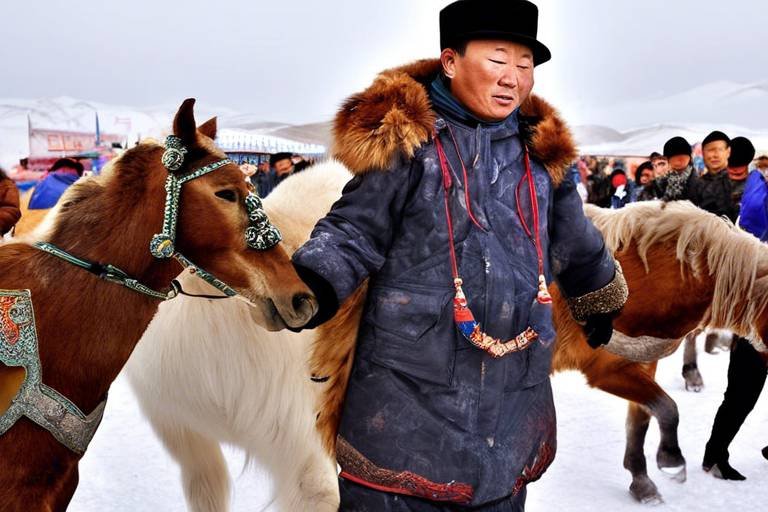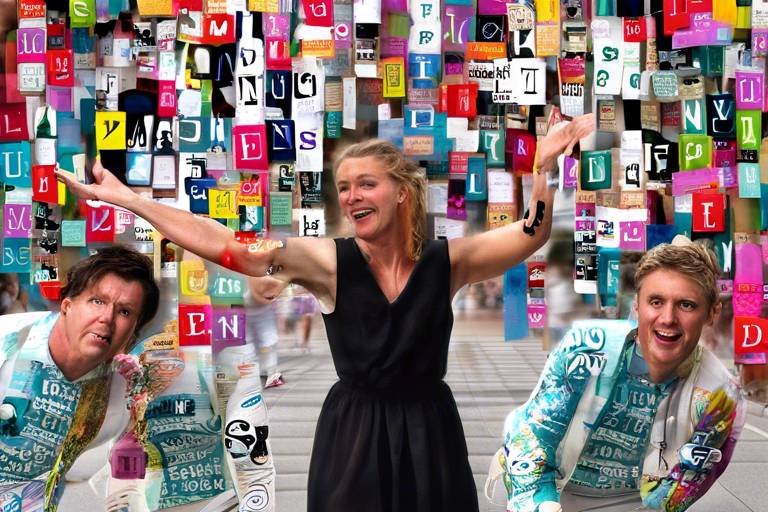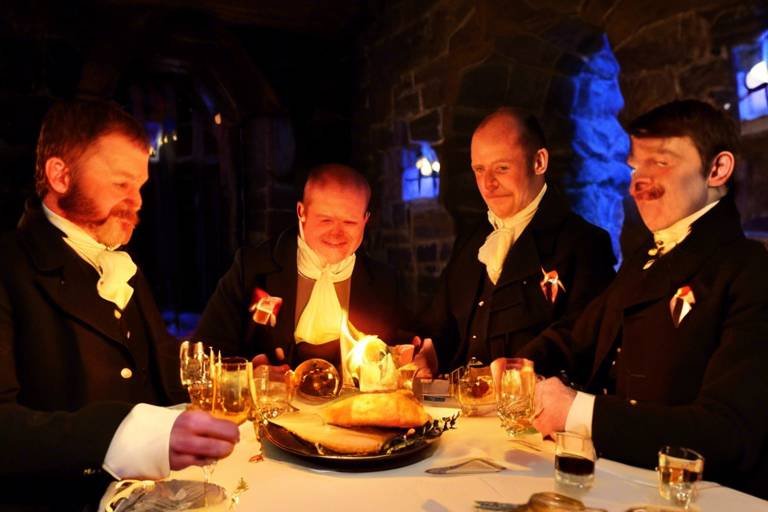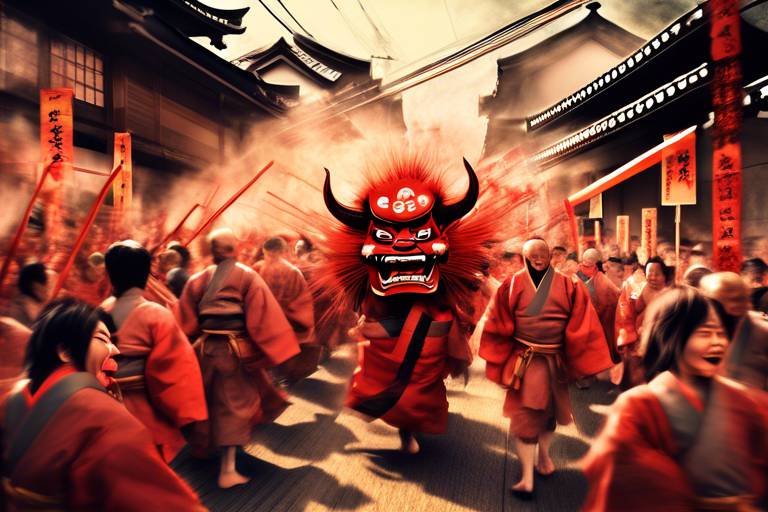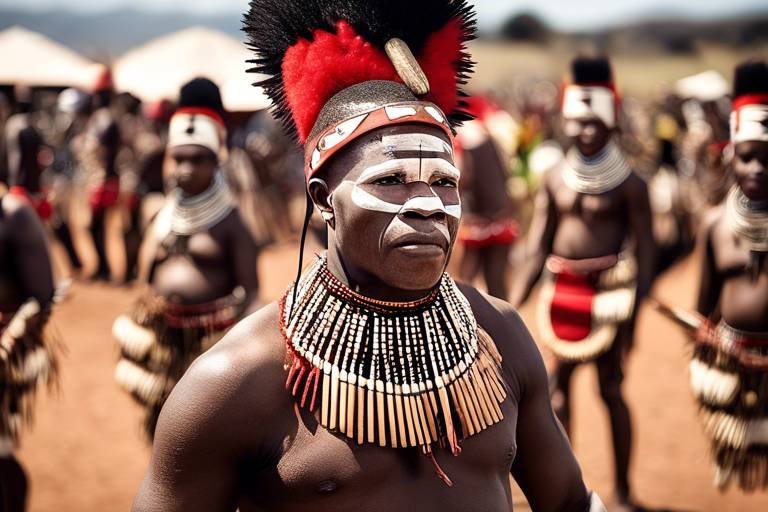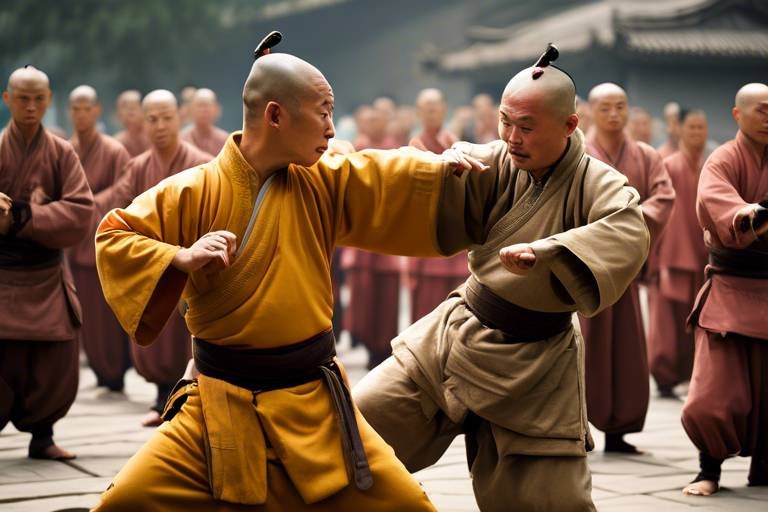A Journey Through the Traditional Fiestas of Latin America
Embark on a fascinating journey through the vibrant and culturally rich traditional fiestas of Latin America, each offering a unique glimpse into the region's diverse heritage and lively celebrations. From Mexico to Cuba, these traditional festivals showcase a kaleidoscope of customs, music, dance, and colorful festivities that define the cultural identity of each country.
Starting in Mexico, immerse yourself in the solemn yet festive atmosphere of the Day of the Dead (Día de los Muertos) celebration, where families come together to honor their departed loved ones with elaborate altars adorned with marigolds, traditional foods, and heartfelt remembrances.
Travel south to Brazil and experience the electrifying energy of the world-renowned Carnival in Rio de Janeiro. This spectacular event is a dazzling display of samba parades, vibrant costumes, pulsating music, and street parties that captivate millions of visitors from around the world.
Next, journey to Argentina for La Fiesta Nacional de la Vendimia, a grape harvest festival in Mendoza that pays homage to the country's winemaking heritage. Enjoy wine tastings, folkloric performances, beauty pageants, and a grand parade celebrating the rich cultural tapestry of Argentina.
Colombia beckons with the Barranquilla Carnival, a colorful extravaganza that showcases traditional dances, music genres like cumbia and vallenato, elaborate costumes, and a vibrant cultural display that highlights the country's diverse heritage.
Discover the ancient traditions of Peru at the Inti Raymi Festival, a celebration of the Incan sun god Inti in the historic city of Cusco. Witness colorful processions, traditional rituals, music, dance performances, and reenactments of ancient ceremonies that date back centuries.
Celebrate Chile's Fiestas Patrias, the country's national independence festivities marked by traditional dances, rodeos, asados (barbecues), and the raising of the national flag in communities across the nation, showcasing Chile's patriotic spirit and cultural pride.
Delve into the unique blend of indigenous, African, and Spanish traditions at Ecuador's Fiesta de la Mama Negra, featuring colorful processions, music, dance, and the symbolic representation of the Black Virgin as a central figure in this vibrant festival that honors Ecuador's diverse heritage.
Lastly, experience the lively Havana Carnival in Cuba, a joyous celebration filled with street parades, music performances, traditional Afro-Cuban dances, colorful costumes, and a festive atmosphere that embodies the island nation's rich cultural legacy and vibrant spirit.
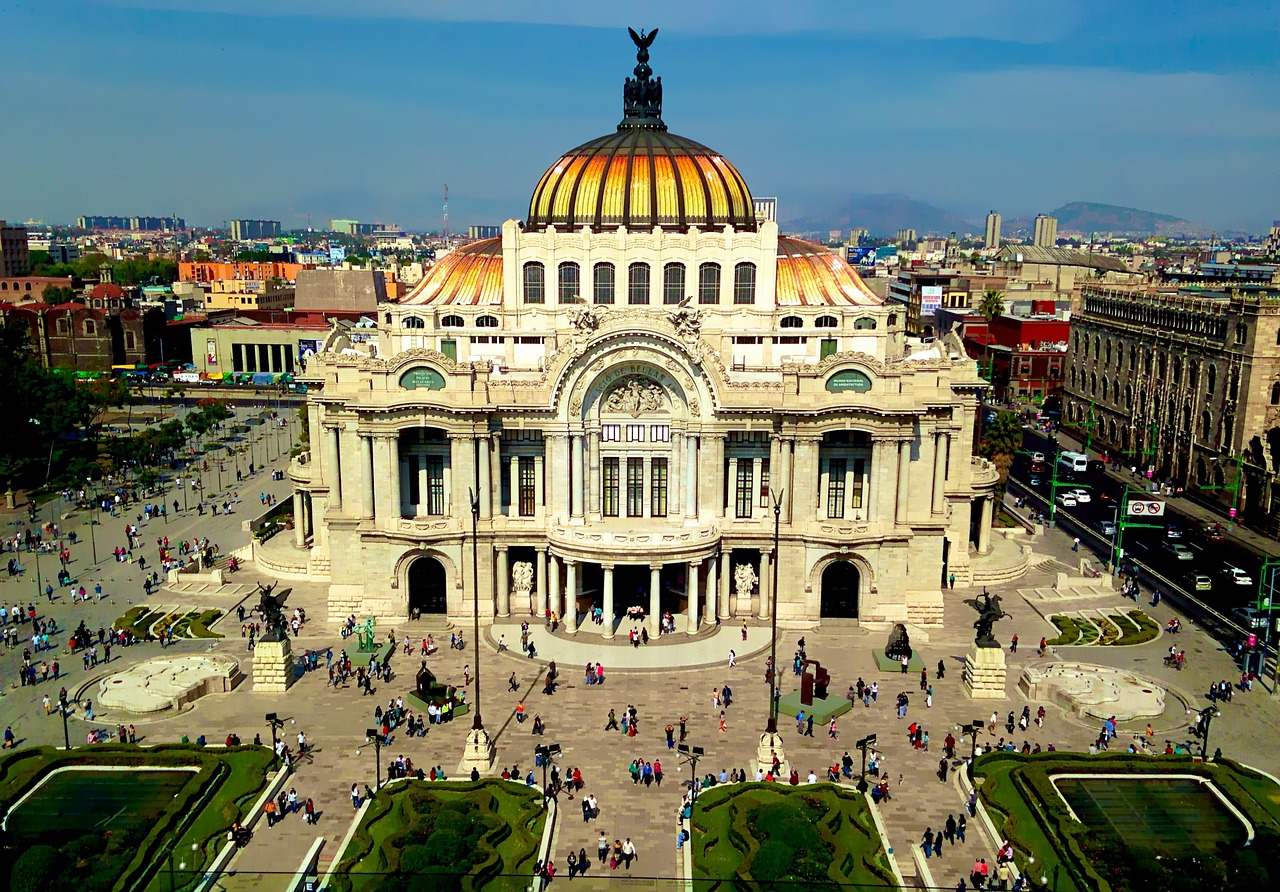
Mexico: Day of the Dead (Día de los Muertos)
When it comes to traditional fiestas in Latin America, one of the most iconic and deeply rooted celebrations is Mexico's Day of the Dead, known as Día de los Muertos. This vibrant and colorful festival holds a special place in Mexican culture, honoring deceased loved ones in a unique and festive way. Families come together to create elaborate altars, adorned with marigolds, photos of the departed, and their favorite foods and drinks. The scent of copal incense fills the air as they pay tribute to those who have passed, believing that the spirits of the dead return to visit their families during this time.
The Day of the Dead is a fusion of indigenous Mesoamerican traditions with Catholic influences brought by the Spanish conquistadors. It is a time to celebrate life and death, embracing the cycle of existence with joy and reverence. The streets come alive with colorful papel picado banners, sugar skulls, and intricately decorated calacas (skeletons) symbolizing the connection between the living and the dead.
One of the most iconic symbols of Día de los Muertos is the calavera Catrina, a elegantly dressed skeleton known as "the Elegant Skull." This figure, created by Mexican artist José Guadalupe Posada, has become synonymous with the festival and serves as a reminder of the inevitability of death and the importance of living life to the fullest.
During the Day of the Dead festivities, traditional foods play a central role in the celebrations. Families prepare and share dishes such as tamales, mole, pan de muerto (bread of the dead), and sugar skull candies. These culinary offerings are believed to nourish the souls of the departed and provide sustenance for their spiritual journey back to the afterlife.
Music also plays a significant role in the Day of the Dead celebrations, with mariachis serenading the deceased at gravesites and in homes. The sounds of traditional Mexican music, including rancheras and corridos, fill the air, creating a festive and lively atmosphere that honors the memories of those who have passed.
Overall, Mexico's Day of the Dead is a testament to the country's rich cultural heritage and the enduring connections between the living and the dead. It is a time to remember, celebrate, and cherish the memories of loved ones, embracing the cycle of life and death with joy, love, and respect.

Brazil: Carnival in Rio de Janeiro
Brazil's Carnival in Rio de Janeiro is an explosion of color, music, and energy that captivates visitors from around the world. This world-renowned festival is a vibrant showcase of Brazilian culture, featuring samba parades, elaborate costumes, and infectious rhythms that pulse through the streets of Rio.
The heart of the Carnival beats to the rhythm of samba, the lively and infectious music that defines the celebration. Samba schools, each with their own unique style and theme, compete in the Sambadrome, a purpose-built parade avenue where dancers and musicians put on a spectacular show for the crowds.
Elaborate costumes adorned with feathers, sequins, and vibrant colors are a hallmark of the Carnival, with participants dazzling onlookers with their creativity and artistry. The sheer spectacle of the costumes adds to the magic and excitement of the event, creating a visual feast for the eyes.
Street parties, known as blocos, fill the city with music, dance, and revelry as locals and tourists come together to celebrate. These impromptu gatherings offer a more intimate and spontaneous experience of the Carnival, where everyone is invited to join in the festivities and let loose in the spirit of the occasion.
Throughout the Carnival, the city pulses with energy as people from all walks of life come together to dance, sing, and celebrate. From the grand parades of the Sambadrome to the lively street parties, the Carnival in Rio de Janeiro is a celebration of life, joy, and the rich cultural heritage of Brazil.
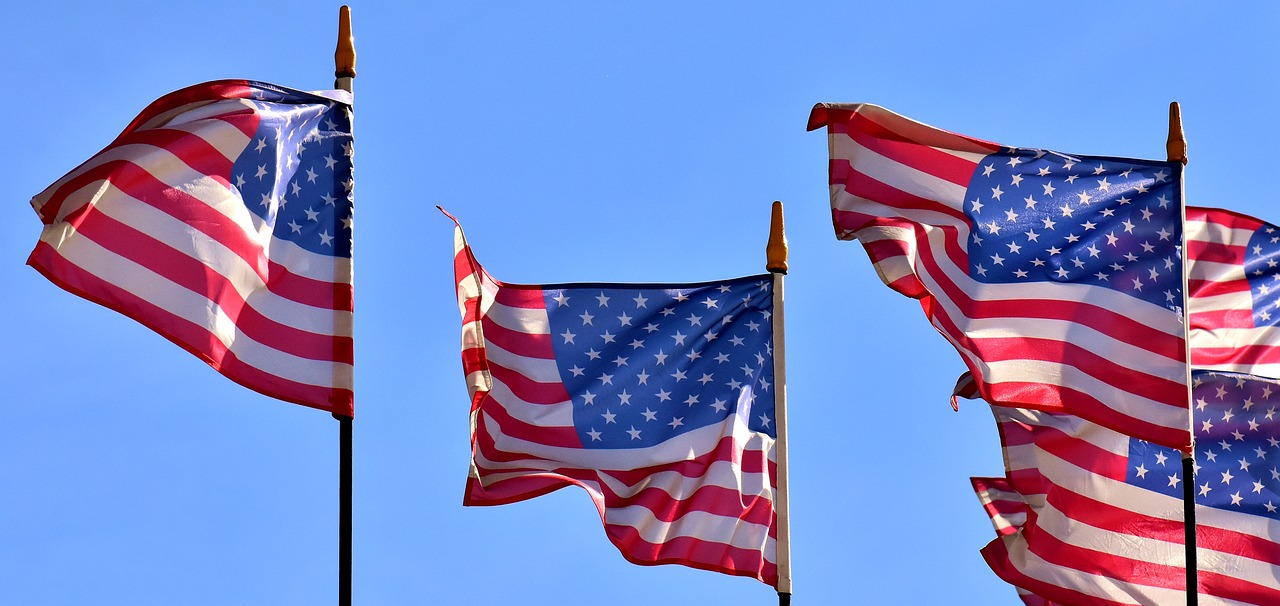
Argentina: La Fiesta Nacional de la Vendimia
Argentina's La Fiesta Nacional de la Vendimia is a spectacular grape harvest festival that takes place in the province of Mendoza, known for its world-renowned winemaking industry. The festival is a vibrant celebration of Argentina's rich viticultural heritage, attracting visitors from far and wide to partake in the festivities.
One of the highlights of La Fiesta Nacional de la Vendimia is the elaborate wine tastings, where attendees can sample a wide variety of exquisite Argentine wines, showcasing the diverse flavors and aromas produced in the region's vineyards. From full-bodied Malbecs to crisp Torrontés, the festival offers a unique opportunity to savor the best of Argentine wine culture.
The festival also features captivating folkloric performances that pay homage to the traditions and customs of Argentina. Dancers clad in traditional attire perform lively routines that reflect the country's cultural diversity, blending indigenous and European influences in a mesmerizing display of music and movement.
Beauty pageants are another integral part of La Fiesta Nacional de la Vendimia, where contestants compete for the title of Vendimia Queen, embodying grace, poise, and a deep connection to Argentina's winemaking heritage. The crowning of the queen is a moment of great excitement and pride, symbolizing the beauty and elegance of the festival.
The grand parade that closes the festival is a spectacle not to be missed, featuring colorful floats adorned with grape vines, dancers in elaborate costumes, and marching bands playing traditional Argentine music. The parade winds its way through the streets of Mendoza, culminating in a joyous celebration of the region's agricultural abundance and cultural richness.
La Fiesta Nacional de la Vendimia is a true feast for the senses, offering a sensory experience that captures the essence of Argentina's wine country in all its glory. From the aroma of freshly picked grapes to the sounds of traditional music filling the air, the festival immerses visitors in a world of color, flavor, and festivity that embodies the spirit of Argentine culture.
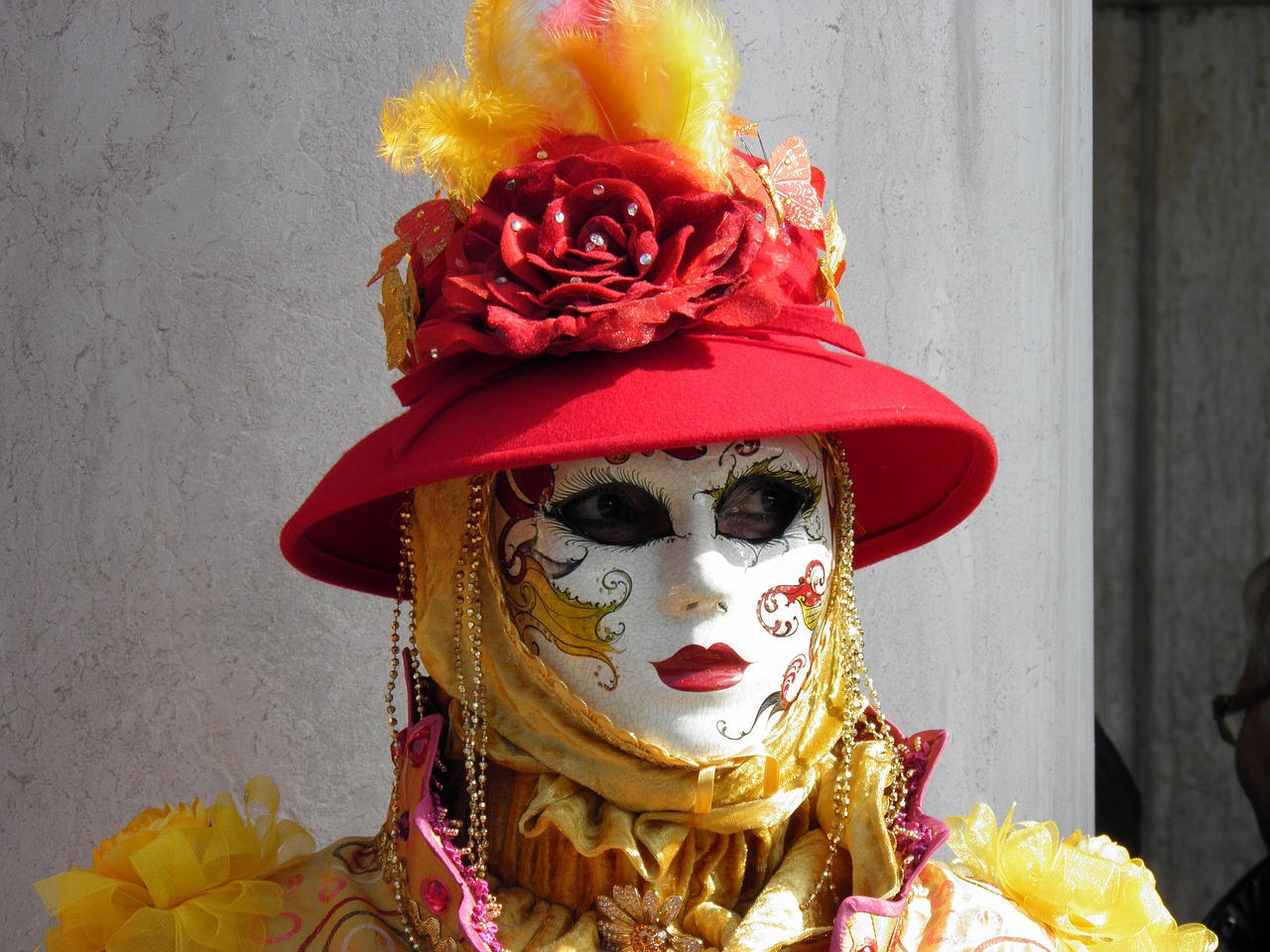
Colombia: Barranquilla Carnival
The Barranquilla Carnival in Colombia is a spectacular event that showcases the vibrant culture and rich heritage of the country. This carnival, considered one of the largest in the world, is a colorful extravaganza that brings together traditional dances, lively music genres like cumbia and vallenato, and elaborate costumes that dazzle the crowds. The streets of Barranquilla come alive with energy and excitement during this festive time, as locals and visitors alike join in the celebrations.
One of the highlights of the Barranquilla Carnival is the variety of traditional dances that are performed throughout the event. From the rhythmic movements of cumbia to the lively beats of vallenato, these dances reflect the diverse cultural influences that shape Colombia's identity. The performers, dressed in vibrant costumes adorned with sequins and feathers, captivate the audience with their skill and passion, creating a mesmerizing spectacle that is truly unforgettable.
Music plays a central role in the Barranquilla Carnival, with the sounds of drums, trumpets, and accordions filling the air. The infectious rhythms of cumbia and vallenato create a lively atmosphere that encourages everyone to dance and celebrate together. Whether you're watching a street performance or participating in a dance workshop, the music of the carnival will undoubtedly leave you tapping your feet and moving to the beat.
Aside from the vibrant dances and music, the Barranquilla Carnival also features elaborate costumes that are a feast for the eyes. The intricate designs, bright colors, and sparkling embellishments of the costumes reflect the creativity and craftsmanship of the local artisans who painstakingly create these masterpieces. From traditional folkloric attire to modern interpretations, the costumes worn during the carnival are a visual delight that adds to the overall spectacle of the event.
Moreover, the Barranquilla Carnival is a cultural showcase that highlights the diversity and richness of Colombia's heritage. It is a time when people come together to celebrate their shared traditions, history, and values, fostering a sense of unity and pride among participants. The carnival serves as a platform for promoting cultural exchange, preserving ancestral customs, and showcasing the beauty of Colombia's cultural tapestry to the world.

Peru: Inti Raymi Festival
The Inti Raymi Festival in Peru is a magnificent celebration that pays tribute to the Incan sun god Inti, showcasing the rich cultural heritage of the region. This ancient festival takes place in the historic city of Cusco, where colorful processions, traditional rituals, music, dance performances, and reenactments of ancient ceremonies come together to create a vibrant and unforgettable experience for both locals and visitors.
One of the highlights of the Inti Raymi Festival is the symbolic representation of the Incan royalty, priests, and nobility, who participate in elaborate ceremonies that date back to the time of the Incan Empire. The festival serves as a way to honor the sun god and seek blessings for the upcoming harvest season, emphasizing the deep connection between the Incan civilization and nature.
During the festival, participants wear traditional Incan attire, including colorful garments and intricate headdresses, adding to the visual spectacle of the event. The streets of Cusco come alive with music, dancing, and joyful celebrations, creating a festive atmosphere that captivates all who attend.
Visitors have the opportunity to witness the reenactment of ancient rituals, such as the offering of coca leaves and chicha (a traditional corn-based drink) to the sun god Inti. These rituals provide a glimpse into the spiritual beliefs and practices of the Incan people, highlighting the importance of nature and the sun in their culture.
As the Inti Raymi Festival unfolds, spectators are transported back in time to the era of the Incas, experiencing a blend of history, tradition, and spirituality that is unique to Peru. The festival serves as a reminder of the enduring legacy of the Incan civilization and its lasting impact on the cultural identity of the region.
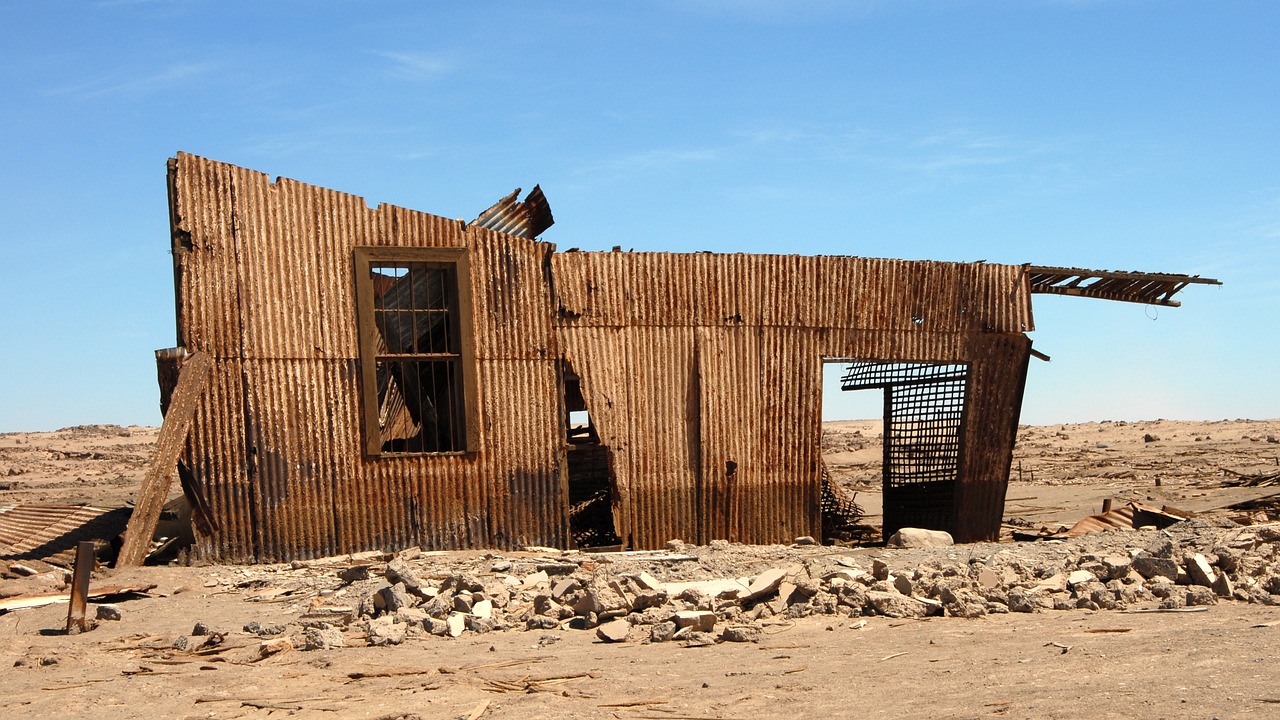
Chile: Fiestas Patrias
Chile's Fiestas Patrias is a vibrant celebration that encapsulates the essence of the country's national pride and cultural heritage. This annual festivity, held in September, commemorates Chile's independence with a colorful display of traditional customs and lively festivities. The highlight of Fiestas Patrias is the traditional dance known as cueca, where couples elegantly twirl and stomp to the beat of folk music, showcasing the rich history and spirit of Chilean culture.
One of the hallmark traditions during Fiestas Patrias is the rodeo, a thrilling display of horsemanship and skill that pays homage to Chile's cowboy culture. Riders demonstrate their agility and precision as they attempt to steer a wild bull around a ring, captivating spectators with the adrenaline-pumping spectacle. Additionally, communities across Chile come together to enjoy asados, traditional barbecues featuring succulent grilled meats, empanadas, and local delicacies that symbolize unity and shared joy.
As part of the festivities, the national flag of Chile is proudly raised in towns and cities throughout the country, symbolizing unity, patriotism, and the enduring spirit of independence. Fiestas Patrias is a time for families and friends to gather, celebrate, and honor Chile's rich cultural heritage through music, dance, food, and a deep sense of national pride.
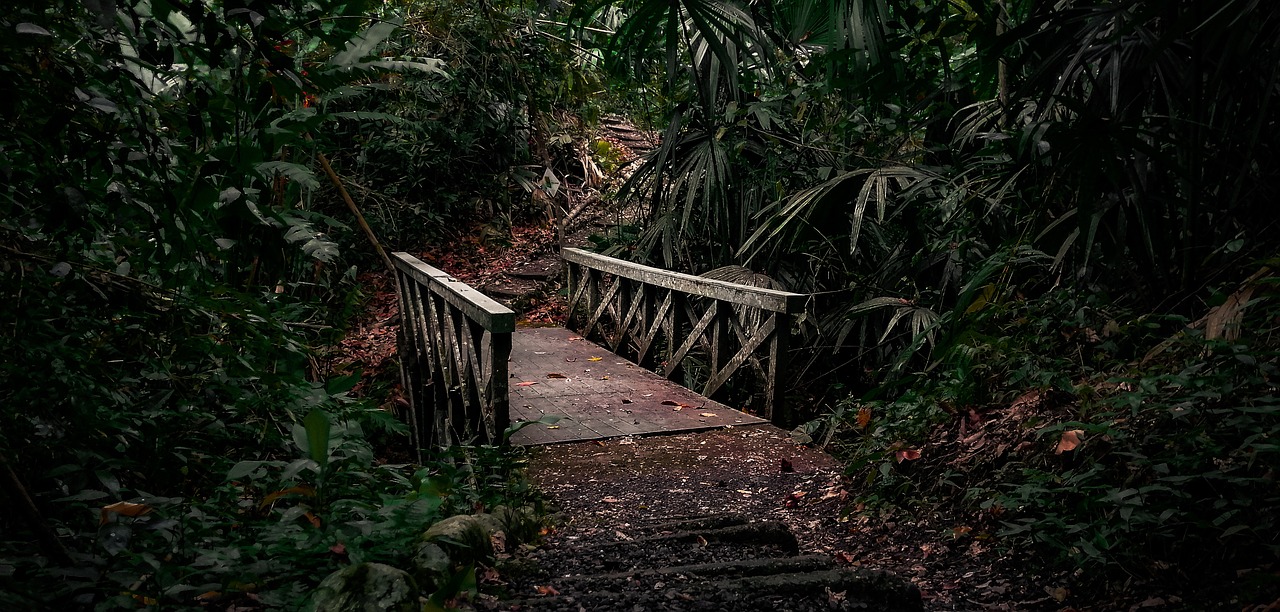
Ecuador: Fiesta de la Mama Negra
Ecuador's Fiesta de la Mama Negra is a captivating cultural event that blends indigenous, African, and Spanish influences into a vibrant celebration. This unique festival, held in various cities across Ecuador, pays homage to the Black Virgin as a central figure, symbolizing the fusion of diverse cultural heritages.
The Fiesta de la Mama Negra features colorful processions where participants wear intricate costumes representing different cultural elements. The music and dance performances during the festival showcase the rhythmic beats and movements that reflect the rich cultural tapestry of Ecuador.
One of the highlights of the festival is the symbolic representation of the Black Virgin, a figure that holds deep spiritual significance for many Ecuadorians. The elaborate rituals and ceremonies performed during the Fiesta de la Mama Negra create a sense of unity and reverence among the participants.
Throughout the festival, traditional Ecuadorian cuisine takes center stage, with local delicacies and dishes served to attendees. The fusion of flavors and ingredients from various cultural backgrounds adds a gastronomic dimension to the celebration, inviting visitors to savor the culinary diversity of Ecuador.
As night falls, the vibrant energy of the Fiesta de la Mama Negra intensifies, with lively street parties and cultural performances filling the air. The festival culminates in a grand finale, where fireworks light up the sky, creating a spectacle of colors and sounds that leave a lasting impression on all who attend.

Cuba: Havana Carnival
The vibrant Havana Carnival in Cuba is a lively and colorful celebration that embodies the rich cultural heritage of the island nation. This annual event is a feast for the senses, featuring street parades, music performances, traditional Afro-Cuban dances, and a festive atmosphere that captivates both locals and visitors alike. The colorful costumes and elaborate masks worn by participants add to the spectacle, creating a kaleidoscope of sights and sounds that showcase Cuba's unique blend of Spanish, African, and indigenous influences.
Frequently Asked Questions
- What is the significance of traditional fiestas in Latin America?
Traditional fiestas in Latin America hold immense cultural importance as they showcase the rich heritage, customs, and traditions of the region. These celebrations bring communities together, highlighting their unique identities through music, dance, food, and vibrant displays of art.
- How are traditional fiestas celebrated in Latin America?
Traditional fiestas in Latin America are celebrated with great enthusiasm and fervor. They often involve colorful parades, lively music performances, traditional dances, elaborate costumes, and culinary delights that reflect the diversity and creativity of each country's cultural expressions.
- What are some popular traditional fiestas in Latin America?
Some popular traditional fiestas in Latin America include Mexico's Day of the Dead, Brazil's Carnival in Rio de Janeiro, Argentina's La Fiesta Nacional de la Vendimia, Colombia's Barranquilla Carnival, Peru's Inti Raymi Festival, Chile's Fiestas Patrias, Ecuador's Fiesta de la Mama Negra, and Cuba's Havana Carnival.
- How do traditional fiestas contribute to the cultural identity of Latin America?
Traditional fiestas play a vital role in preserving and promoting the cultural heritage of Latin America. They serve as platforms for communities to express their unique traditions, beliefs, and values, fostering a sense of pride and unity among the people while also attracting visitors from around the world to experience the region's rich cultural tapestry.



